OnePlus is doing all the right things on the hardware front. The OnePlus 12 continues to be one of the best smartphones you can buy right now, and the Open remains so even a year after its release. However, the software is debatable. The past two OxygenOS releases, even the stable versions, had bugs and required several updates before they were usable.
OnePlus is looking to address these issues once and for all with the introduction of OxygenOS 15. The Android 15-based release includes many new features, much-needed design tweaks, new privacy features, and overall optimization improvements. The interface isn’t as fluid as OxygenOS 9.5, but I don’t think OnePlus or anyone else can reach that level at this point.
That said, there are noticeable differences when using OxygenOS 15 next to a device running OxygenOS 14, and that alone is reason enough to be excited. OxygenOS 15 is obviously still in beta, but it’s much more stable than the past two beta cycles, which bodes well for the UI as a whole. I spent the better part of a week using OxygenOS 15 on my OnePlus 12. Here’s what we like about the Android 15-based interface:
New notification pane
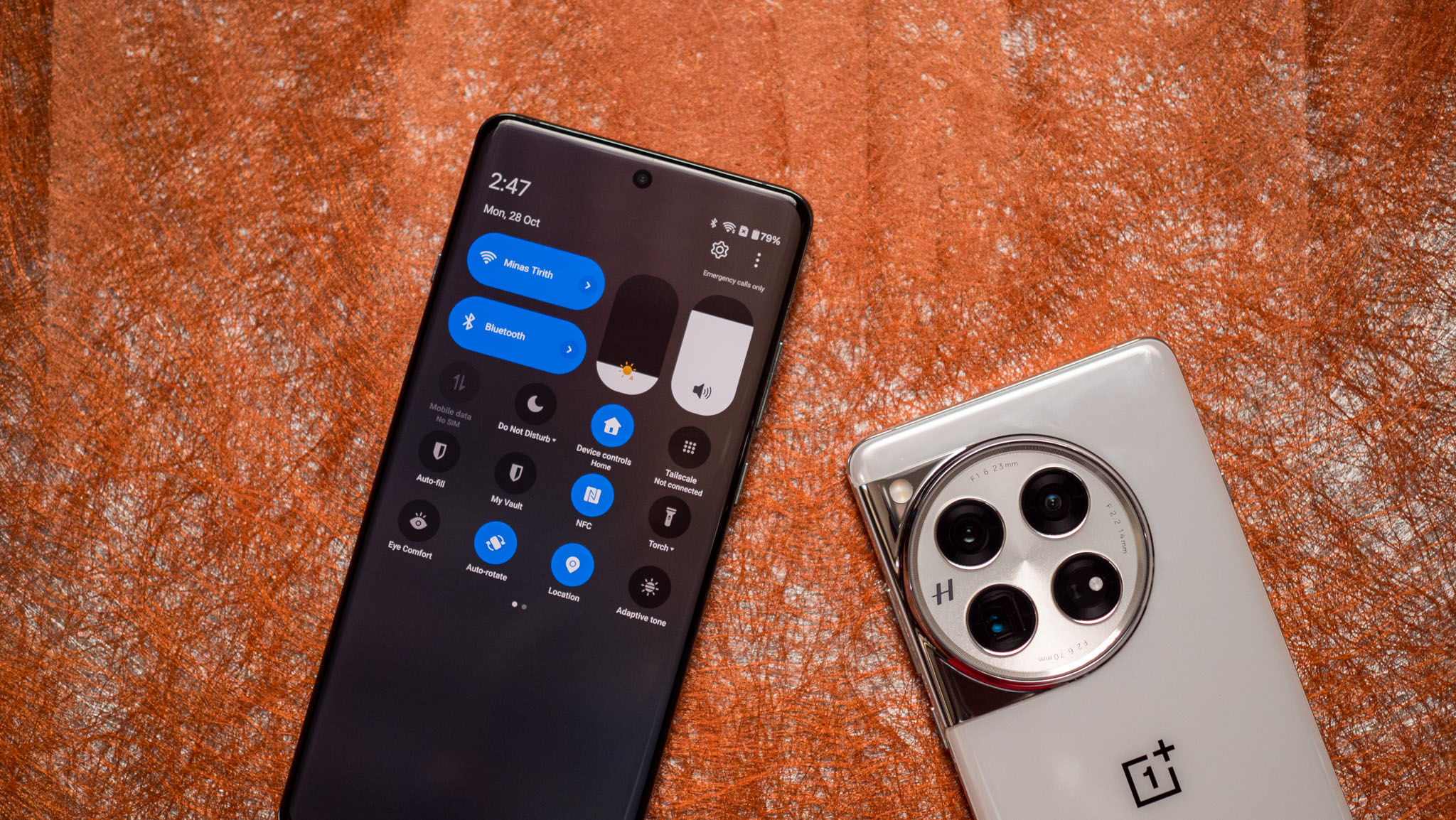
OxygenOS 15 isn’t a radical overhaul, but it does include some new design tweaks for a sleeker look. The icons are newly painted and dynamic. Changes based on light or dark mode.
The bigger change involves the notification shade, where the interface now uses a split pane with a toggle in one section, and notifications appear in their own pane. This is similar to what Xiaomi does, and OnePlus hinted at going down this route last year.
What I like is that you can switch to the integrated notification pane. I prefer to have both toggles and notifications in the same pane. That functionality is still available in OxygenOS 15 builds. This is a feature not available in ColorOS 15.
Customize your lock screen
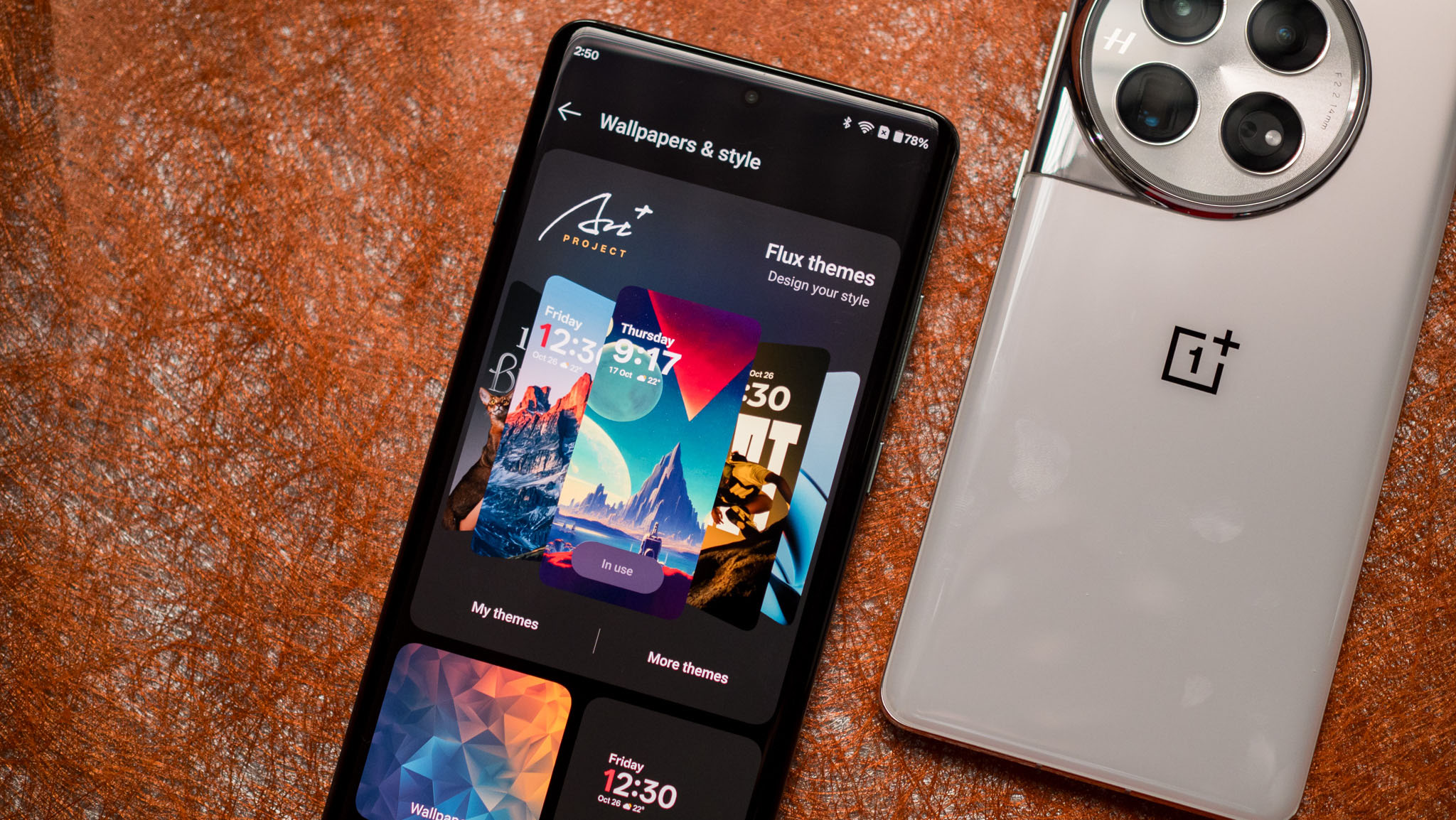
The lock screen has received a major overhaul, with OxygenOS 15 introducing the ability to drastically change the look of your design. This feature is similar to what you get in iOS 18 and One UI 6, with clearer transitions to the home screen and new styles.
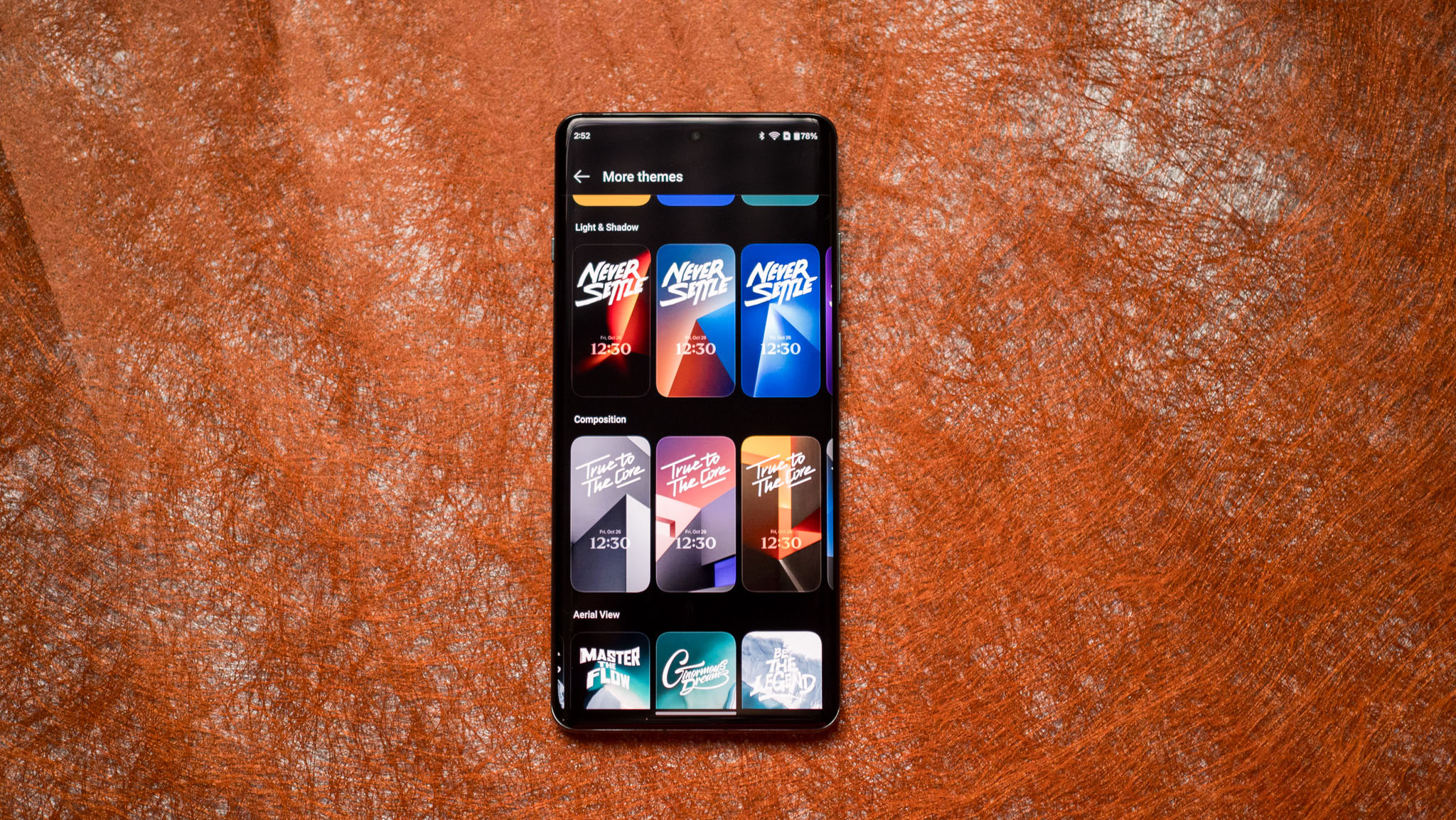
What I like about this is that it gives you some very nice looking preset styles. OxygenOS has always been highly customizable, and the tweaks to OxygenOS 15 extend that advantage even further.
Smoother (and lighter) than ever before
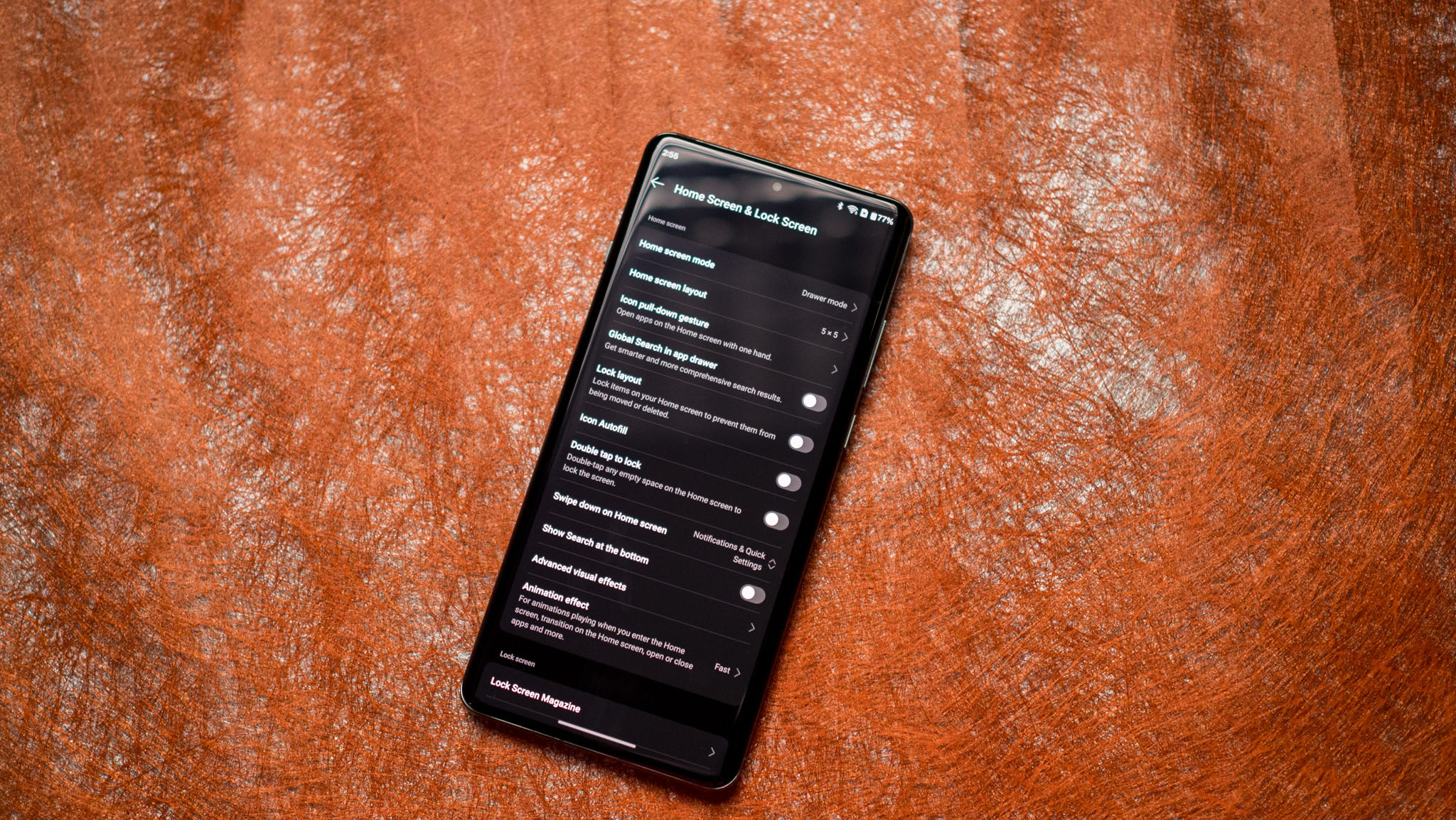
OnePlus has emphasized the buzzwords when talking about all the changes they’ve made to optimize the UI, but what you’ll ultimately notice in actual daily use is that OxygenOS 15 is much better than previous releases. This means that it has excellent liquidity.
Most animations are smoother and have a level of immediacy that was lost after switching to the new interface. In short, the UI feels great, and just like Pixels with the Android 15 release, the optimizations make a noticeable difference.
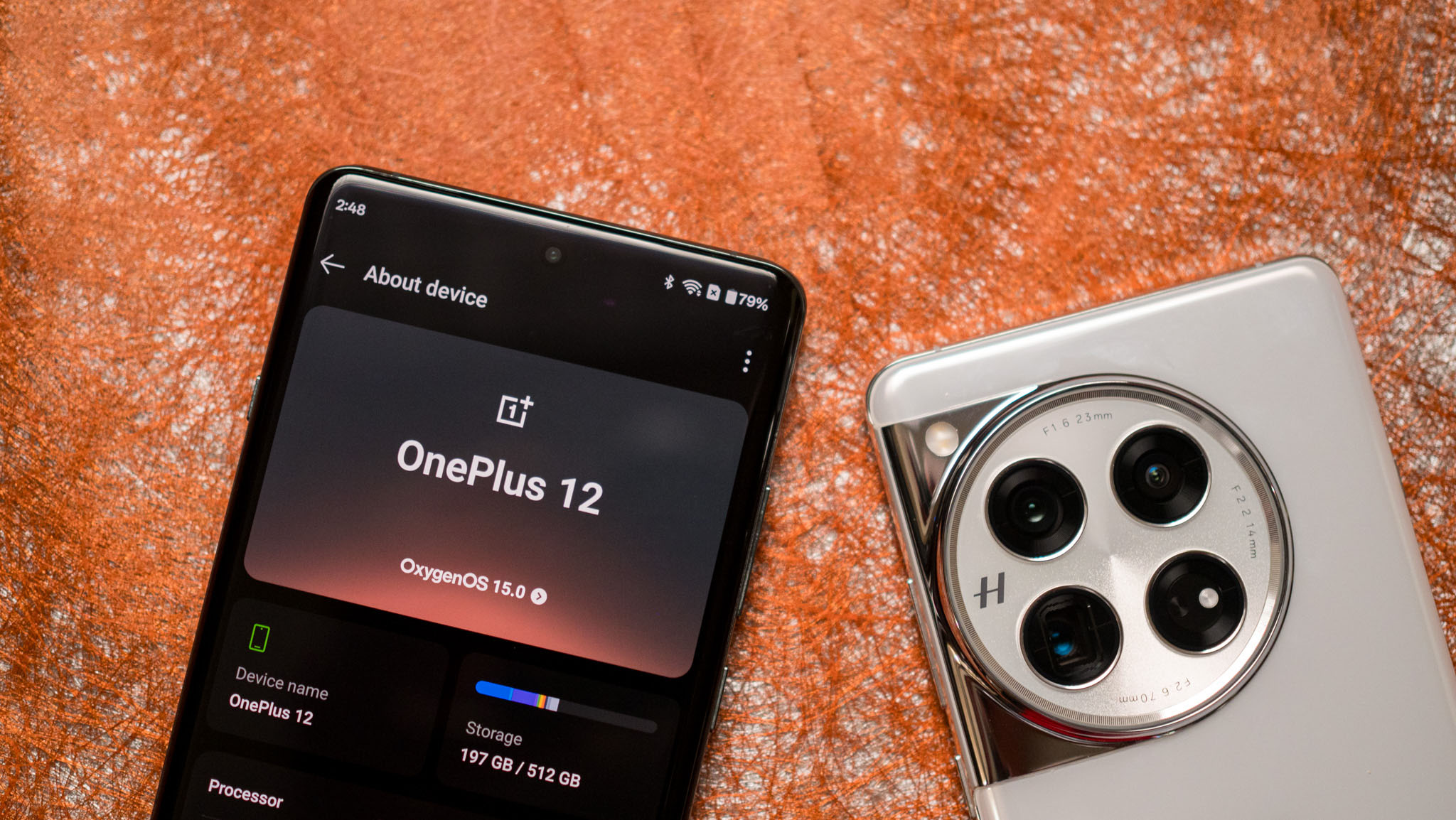
Another positive change is that OxygenOS 15 uses less storage and is 20% lighter to install. This means reclaiming space on your device that can be used for photos and other data, which is always a good thing.
OxygenOS 15 uses Android 15 but lacks predictive back gestures. The manufacturer has stated that it is working with Google to bring this feature to skins and wants to ensure it is available in most apps, but that is not the case at this time. Google doesn’t mandate the use of gestures, and not many services use them. Even Chrome doesn’t have gestures.
All the AI features you need and then some
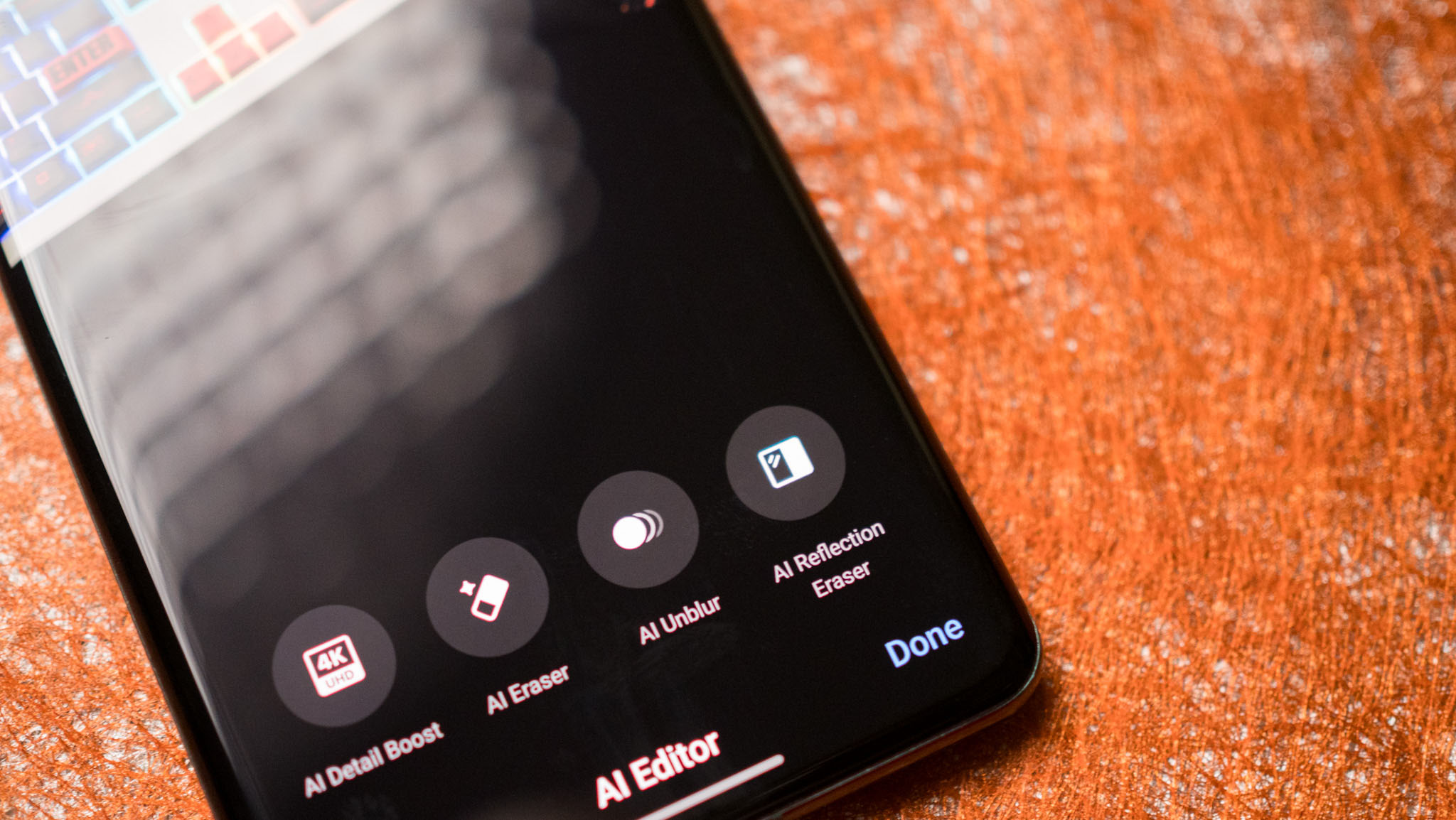
All manufacturers are getting in on the AI journey, and OxygenOS 15 includes a set of features that leverage a combination of on-device and cloud-based models.
AI Unblur is an interesting addition because it’s similar to what Google offers on the Pixel. In my limited testing, I found the feature to be just as reliable at cleaning up photos, allowing you to use any photo you want, even those taken on other devices, just like on the Pixel.
AI Detail Boost and Reflection Eraser are good for highlighting details, the latter being especially useful. I have hundreds of photos of objects behind glass cabinets (I like going to museums). This feature is very useful for removing reflections.
Intelligent search is interesting because it searches all the devices stored on your device. Use Gemini to index your locally stored data, including documents, photos, and audio, so you can search for everything you need. This feature is not yet available, but is expected to debut soon.
When will your phone get OxygenOS 15?
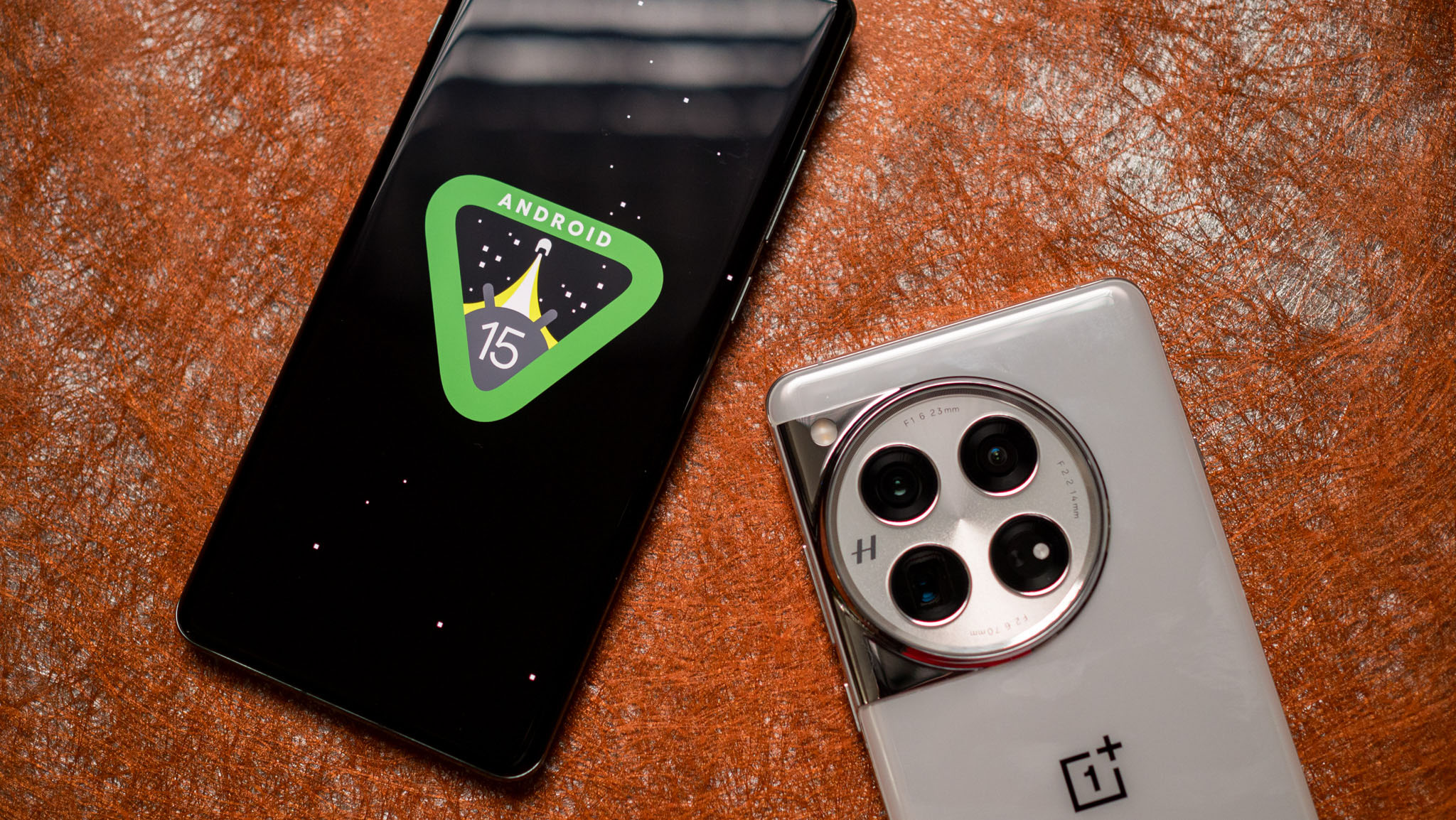
OxygenOS 15 will be available in public beta starting October 30th and will initially be limited to OnePlus 12. The beta period typically lasts up to 6 weeks, which means you should have a stable build by the end of the year.
That said, we don’t know when a stable build will be available. OnePlus has shared a tentative rollout schedule for when OxygenOS 15 will be available on its devices, and the best OnePlus smartphones should be able to get the build relatively quickly.


